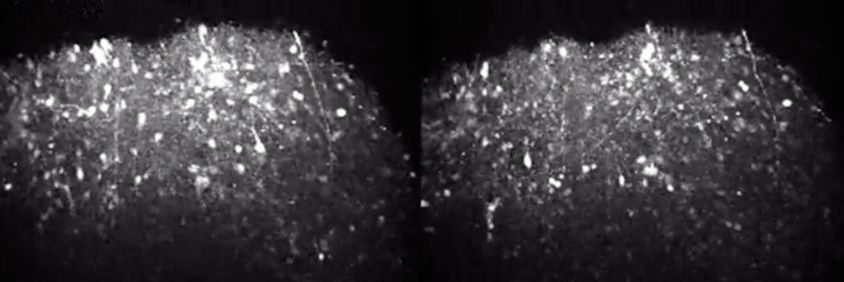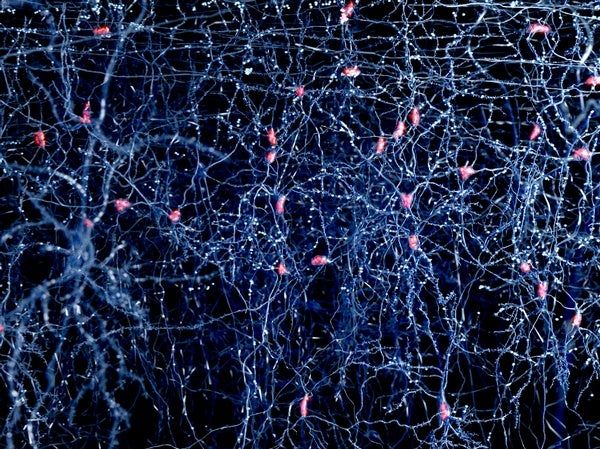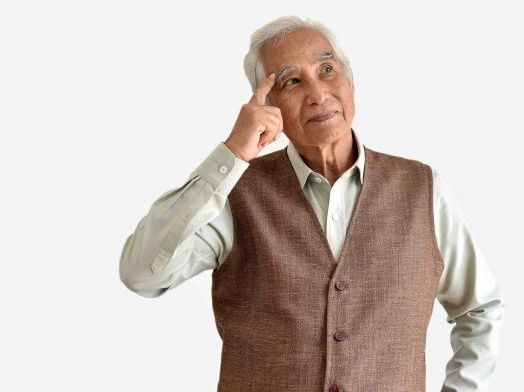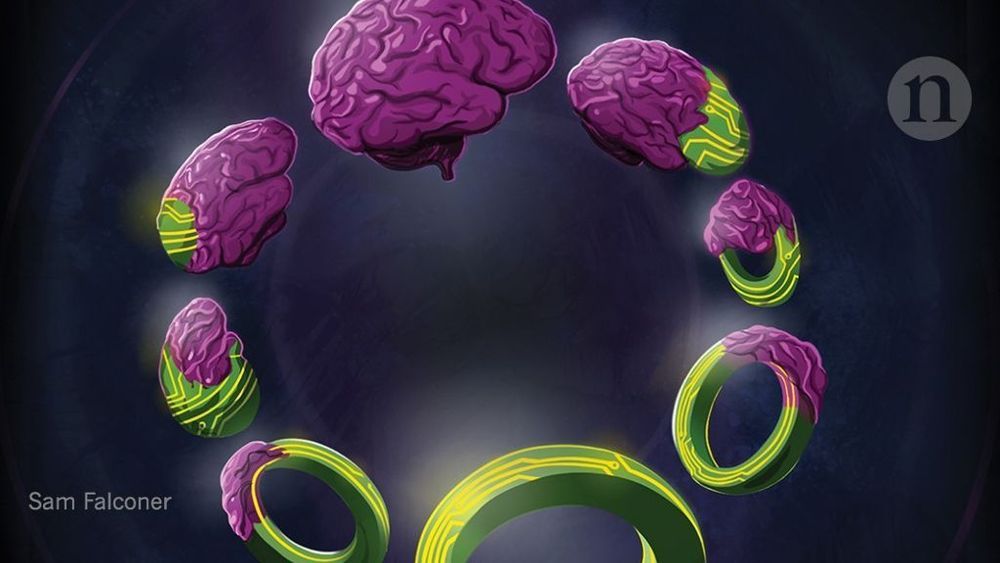The partial fruit fly “connectome” contains approximately 25,000 neurons and 20 million synapses.


Scientists from Google and the Janelia Research Campus in Virginia have published the largest high-resolution map of brain connectivity in any animal, sharing a 3D model that traces 20 million synapses connecting some 25,000 neurons in the brain of a fruit fly.
The model is a milestone in the field of connectomics, which uses detailed imaging techniques to map the physical pathways of the brain. This map, known as a “connectome,” covers roughly one-third of the fruit fly’s brain. To date, only a single organism, the roundworm C. elegans, has had its brain completely mapped in this way.
Connectomics has a mixed reputation in the science world. Advocates argue that it helps link physical parts of the brain to specific behaviors, which is a key goal in neuroscience. But critics note it has yet to produce any major breakthroughs, and they say that the painstaking work of mapping neurons is a drain on resources that might be better put to use elsewhere.


The mutation that causes Angelman syndrome makes neurons hyperexcitable, according to a study in brain organoids and mice1. The findings may help explain why about 90 percent of people with the syndrome experience seizures that do not respond to treatment.
Angelman syndrome is a rare genetic condition linked to autism. It is caused when the maternal copy of a gene called UBE3A is either missing or mutated. Apart from seizures, the condition is characterized by developmental delay, problems with balance and speech, and an unusually happy disposition.
The new study found that mutations in UBE3A suppress the production of proteins that keep the activity of ‘big potassium’ ion channels in check. These channels control the flow of large amounts of potassium ions passing through neurons. When the current increases in the absence of UBE3A, the neurons become exceptionally excitable.

Placebo effects, exercise highs, getting sick when you’re stressed out—the popular press and the scientific literature alike are replete with examples of how the mind or mental processes influence our health and well-being. This “mind-body connection” is essential for normal organ function and also is viewed as the basis for psychosomatic disorders. Yet the concept that our thoughts can influence the function of a variety of organ systems is often viewed with some skepticism,…
Recent experiments have begun mapping the neuronal connections between mind and body like never before.
New UC Riverside research shows soybean oil not only leads to obesity and diabetes, but could also affect neurological conditions like autism, Alzheimer’s disease, anxiety, and depression.
Used for fast food frying, added to packaged foods, and fed to livestock, soybean oil is by far the most widely produced and consumed edible oil in the U.S., according to the U.S. Department of Agriculture. In all likelihood, it is not healthy for humans.
It certainly is not good for mice. The new study, published this month in the journal Endocrinology, compared mice fed three different diets high in fat: soybean oil, soybean oil modified to be low in linoleic acid, and coconut oil.


“A neuroscientist explains how our brains age and provides tips for aging with more vitality and happiness.”
https://greatergood.berkeley.edu/topic[/li
If you’d like to share this article please share it from the link here: https://www.facebook.com/383136302314720/posts/516809088947440/
About 13 years ago, I watched my very vital mother die a slow death from Lewy-Body dementia. For me, it was a wakeup call. If there were anything I could do to stay healthy myself—to avoid the slow decline of an aging brain—I wanted to do it. But what really helps us stay sharp longer? And how can we separate fad ideas from solid, evidence-based advice around aging?
Enter Daniel Levitin’s new book, Successful Aging: A Neuroscientist Explores the Power and Potential of Our Lives.
Levitin is a neuroscientist, psychologist, professor emeritus at McGill University in Montreal, and faculty fellow at UC Berkeley. His highly researched book provides fascinating insights into how our early childhood experiences, personalities, social relationships, and lifestyles all drive our brain’s development, dispelling stubborn myths around the inevitability of cognitive decline. Arguing against ageism and highlighting the unique gifts of older people, Levitin shows us what we can all do to become sharper, happier, and wiser as we age.
